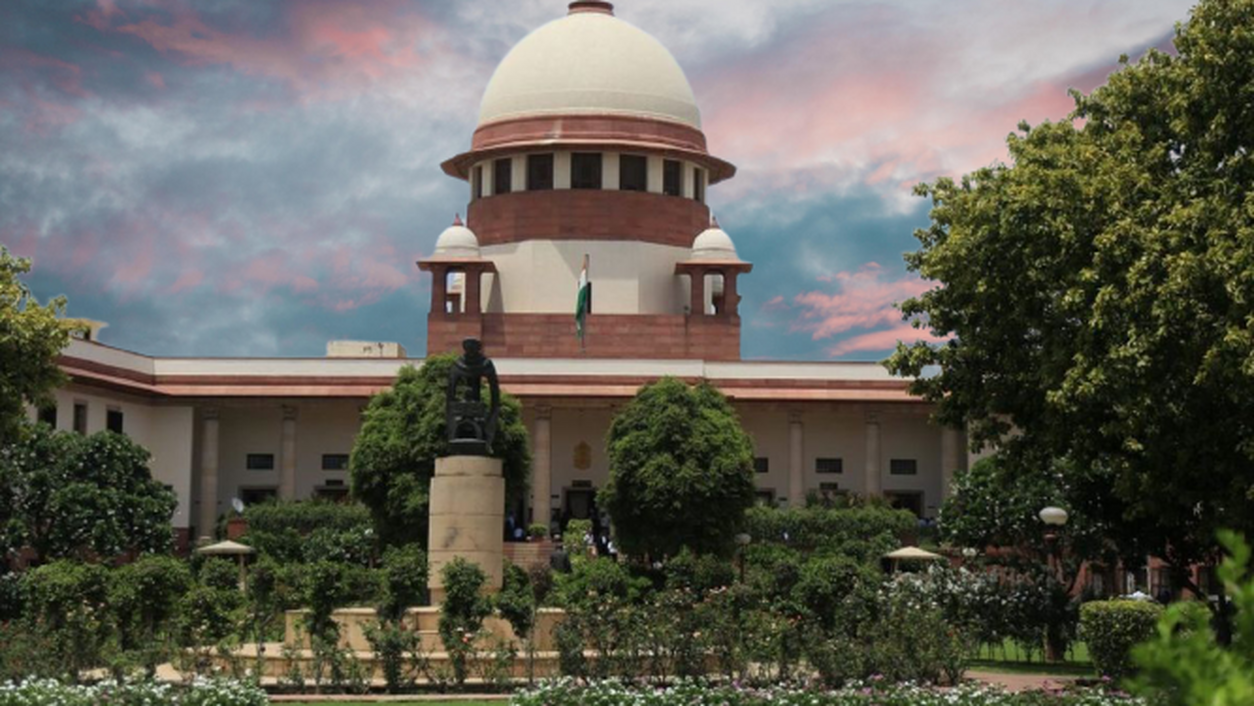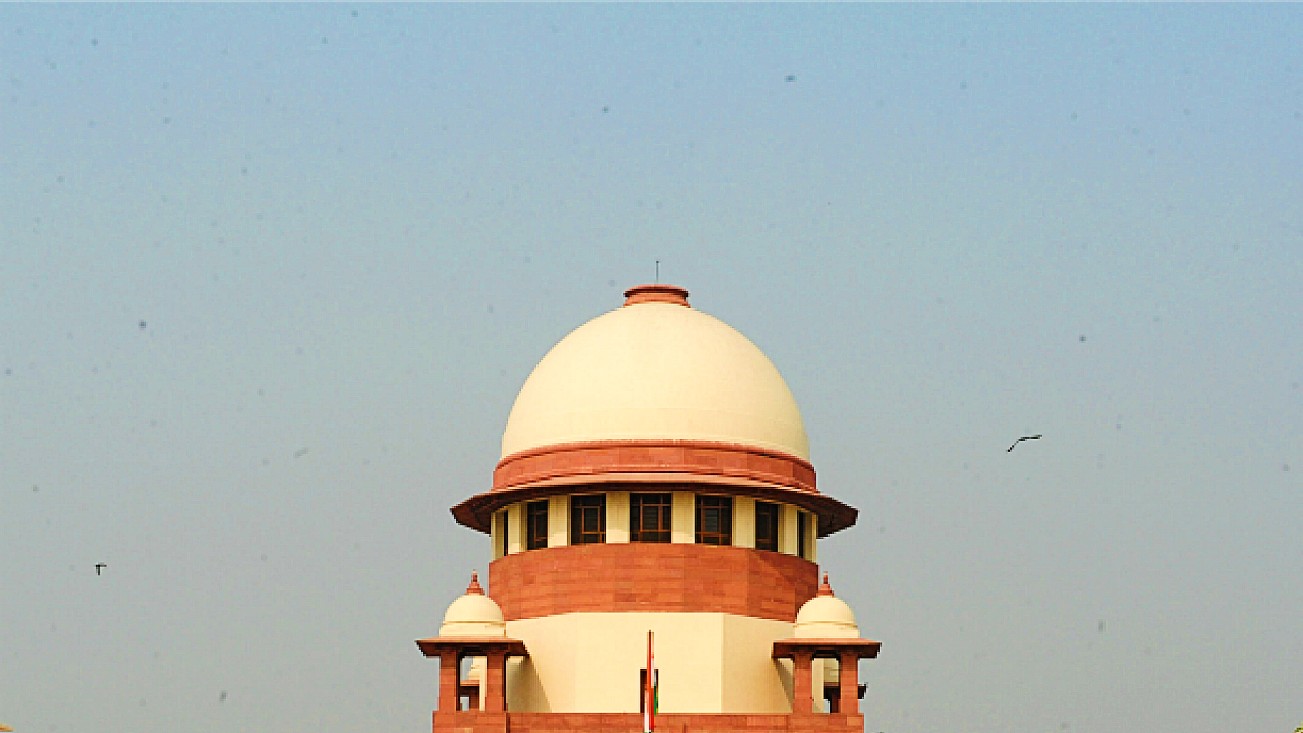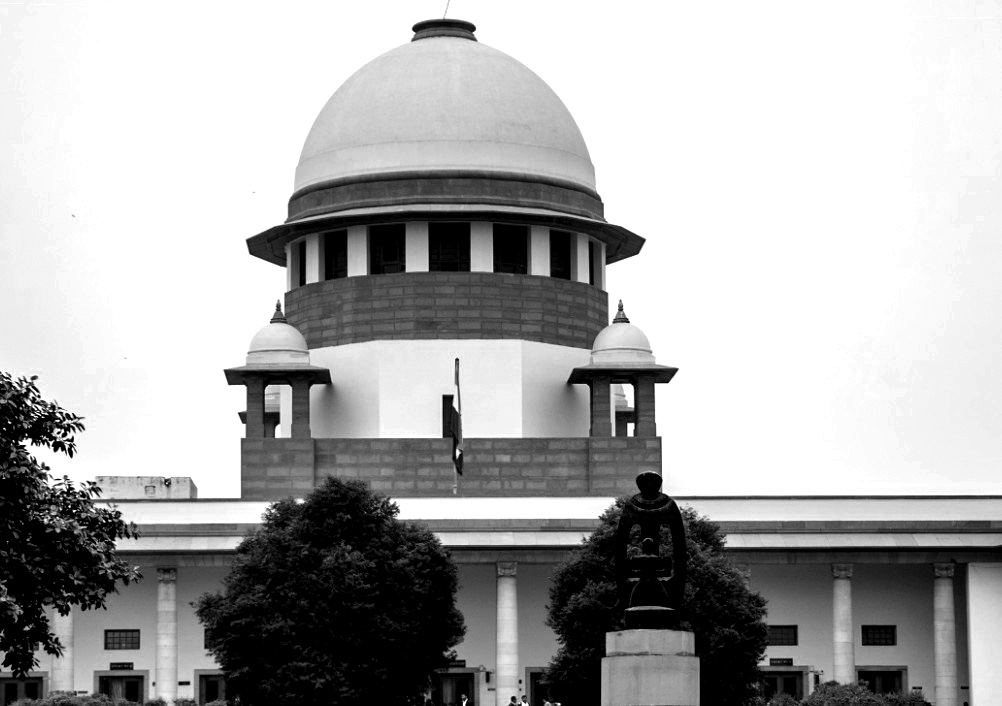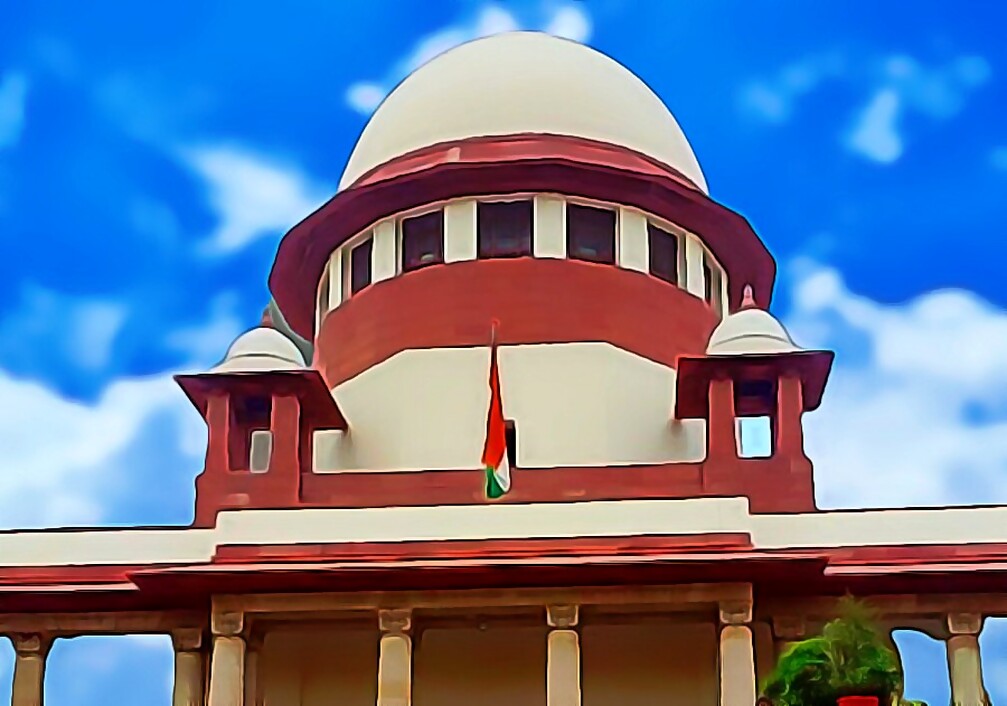For bringing a case u/s 27 of Evidence Act, prosecution has to establish that information given by accused in police custody led to discovery of fact, clarifies Apex Court
Justices B.R. Gavai & Sandeep Mehta [10-04-2024]

Read Order:RAVISHANKAR TANDON v. STATE OF CHHATTISGARH [SC- CRIMINAL APPEAL NO. 3869 OF 2023]
Tulip Kanth
New Delhi, April 12, 2024: Referring to section 27 of the Evidence Act, the Supreme Court has asserted that when a fact is actually discovered in consequence of the information supplied, it affords some guarantee that the information is true and it can therefore be safely allowed to be admitted in evidence as an incriminating factor against the accused.
The incident in question was of the year 2011 when Ramavtar (PW-1) had lodged a missing person report after his son Dharmendra Satnami (deceased) went missing. While an extensive search was being conducted, on the basis of suspicion, the police interrogated the appellants. During the interrogation, the appellants, who disclosed that they had strangulated the deceased to death on the Bhatgaon Canal Road and had thereafter thrown his body into a pond at Village Bhatgaon. On the basis of the memorandum statements, the police recovered the dead body of the deceased from the pond and the dead body was identified. Thereafter, on the very same day, a First Information Report (FIR) was registered wherein it is recorded that the aforesaid offences were committed between the days of November 30,2011 and December 3, 2011. According to the Post-Mortem Report, the cause of death of the deceased was stated to be asphyxia due to strangulation and the nature of death was homicidal.
The prosecution case stemmed from the memorandum statements of the appellants wherein they admitted that Dinesh Chandrakar (accused No.3) had instructed Ravishankar Tandon (accused No.1) and Satyendra Kumar Patre (accused No.4) to murder the deceased in exchange for Rs.90,000, which was to be paid upon the execution of the said murder. Upon receiving the aforesaid instruction, Ravishankar Tandon (accused No.1) and Satyendra Kumar Patre (accused No.4) along with Umend Prasad Dhritalhare (accused No.2) hatched a criminal conspiracy to kill the deceased and worked out a plan to execute the same.
The appeals before the Top Court challenged the judgment of the Division Bench of the Chhattisgarh High Court wherein the Division Bench dismissed the criminal appeals preferred by the appellants, namely Ravishankar Tandon (accused No.1), Umend Prasad Dhrutlahre (accused No.2), Dinesh Chandrakar (accused No.3) and Satyendra Kumar Patre (accused No.4) and upheld the order of conviction as recorded by the trial court.
The appellants submitted that the case was based on circumstantial evidence and the prosecution had failed to prove any of the incriminating circumstances beyond reasonable doubt.
It was contended on behalf of the respondent-State that both the High Court and the trial court had concurrently held that the prosecution had proved the case beyond reasonable doubt.
Noting that the matter was based on circumstantial evidence, the Bench placed reliance upon Sharad Birdhichand Sarda v. State of Maharashtra wherein it has been opined that it is a primary principle that the accused must be and not merely may be proved guilty before a court can convict the accused.
“It is settled law that suspicion, however strong it may be, cannot take the place of proof beyond reasonable doubt. An accused cannot be convicted on the ground of suspicion, no matter how strong it is. An accused is presumed to be innocent unless proved guilty beyond a reasonable doubt”, the Bench said.
Referring to State (NCT of Delhi) v. Navjot Sandhu alias Afsan Guru, the Top Court further affirmed, “As such, for bringing the case under Section 27 of the Evidence Act, it will be necessary for the prosecution to establish that, based on the information given by the accused while in police custody, it had led to the discovery of the fact, which was distinctly within the knowledge of the maker of the said statement. It is only so much of the information as relates distinctly to the fact thereby discovered would be admissible. It has been held that the rationale behind this provision is that, if a fact is actually discovered in consequence of the information supplied, it affords some guarantee that the information is true and it can therefore be safely allowed to be admitted in evidence as an incriminating factor against the accused.”
After a perusal of the evidence and materials on record, the Bench opined that that the prosecution had utterly failed to prove that the discovery of the dead body of the deceased from the pond at Bhatgaon was only on the basis of the disclosure statement made by the accused persons under Section 27 of the Evidence Act and that nobody knew about the same before that. Moreover, Ajab Singh (PW-18) had clearly admitted that he had signed the papers without reading them and that too on the instructions of the police.
Not only this but insofar as the statement of Dinesh Chandrakar (accused No. 3) was concerned, even the statement recorded under Section 27 of the Evidence Act was not at all related to the discovery of the dead body of the deceased. Nothing in his statement recorded under Section 27 led to discovery of any incriminating fact.
The IO had also failed to state as to what information was given by the accused persons which led to the discovery of the dead body. The evidence was also totally silent as to how the dead body was discovered and subsequently recovered. The Bench held, “We find that therefore, the evidence of the IO (PW-16) would also not bring the case at hand under the purview of Section 27 of the Evidence Act.”
Noting that the prosecution had utterly failed to prove any of the incriminating circumstances against the appellants the chain of circumstances was not so complete to lead to no other conclusion than the guilt of the accused persons, the Bench allowed the appeals.
“The appellants are directed to be acquitted of all the charges charged with and are directed to be released forthwith, if not required in any other case”, the Supreme Court ordered.
Sign up for our weekly newsletter to stay up to date on our product, events featured blog, special offer and all of the exciting things that take place here at Legitquest.




Add a Comment